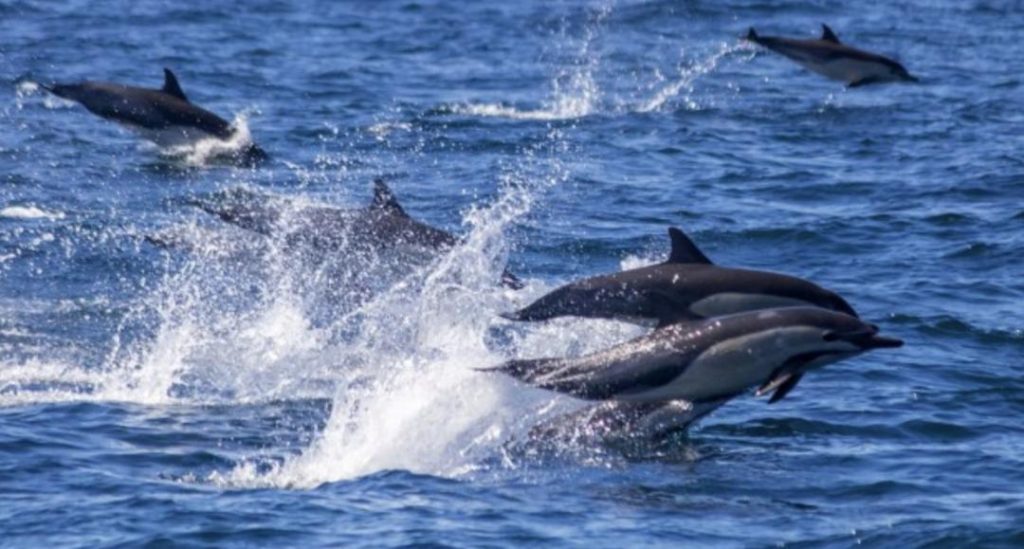
Dolphins & Whales Regularly Socialise with Each Other: Study
In a fascinating discovery, researchers from Griffith University have found that dolphins and whales regularly socialise with each other, engaging in playful interactions that are often mutual. The study, published in the journal Marine Mammal Science, analyzed videos and photographs of interactions between baleen whales and dolphins, covering 19 species across 199 separate events.
The findings provide new insights into the complex social dynamics between these two groups of marine mammals, which have often been studied separately. The study’s lead author, Dr. Rochelle Constantine, said, “We were surprised to find that dolphins and whales frequently socialise, and the play between them is often mutual. This suggests that these species may have more complex social relationships than previously thought.”
The researchers analyzed videos and photographs taken by researchers, tourists, and whale-watchers from around the world. The data revealed that the most common interaction involved dolphins swimming near the whale’s head, with some dolphins even jumping out of the water to play with the whales. Bottlenose dolphins were the most involved dolphin species, participating in 70% of the interactions.
One of the most striking observations was the way dolphins and whales would play together. For example, dolphins would swim alongside whales, nudging them gently with their noses, while whales would respond by blowing bubbles or making loud vocalizations. In some cases, dolphins would even swim beneath the whales, playing a game of “underwater tag.”
The study also found that the interactions were not limited to just a few species. In fact, the researchers observed socialisation between dolphins and whales across 19 species, including humpback whales, minke whales, and orcas. This suggests that socialisation between dolphins and whales may be a common occurrence in the wild.
So, why do dolphins and whales socialise with each other? The researchers propose several theories. One possibility is that socialisation helps to reduce stress and anxiety in both species. Another theory is that socialisation helps to facilitate communication and cooperation between dolphins and whales, which may be beneficial for finding food or navigating their environment.
The study’s findings have significant implications for our understanding of marine mammal social dynamics. Dr. Constantine said, “This study highlights the importance of understanding the complex social relationships between different species in the marine environment. By studying these interactions, we can gain a better understanding of how these species interact and adapt to their environment.”
The study’s results also have implications for conservation efforts. As our oceans face increasing threats from climate change, pollution, and overfishing, understanding the social dynamics between different species can help inform conservation strategies.
In conclusion, the study’s findings provide a fascinating glimpse into the social lives of dolphins and whales. The discovery that these two groups of marine mammals regularly socialise with each other, engaging in playful interactions, is a reminder of the complexity and beauty of the natural world.






